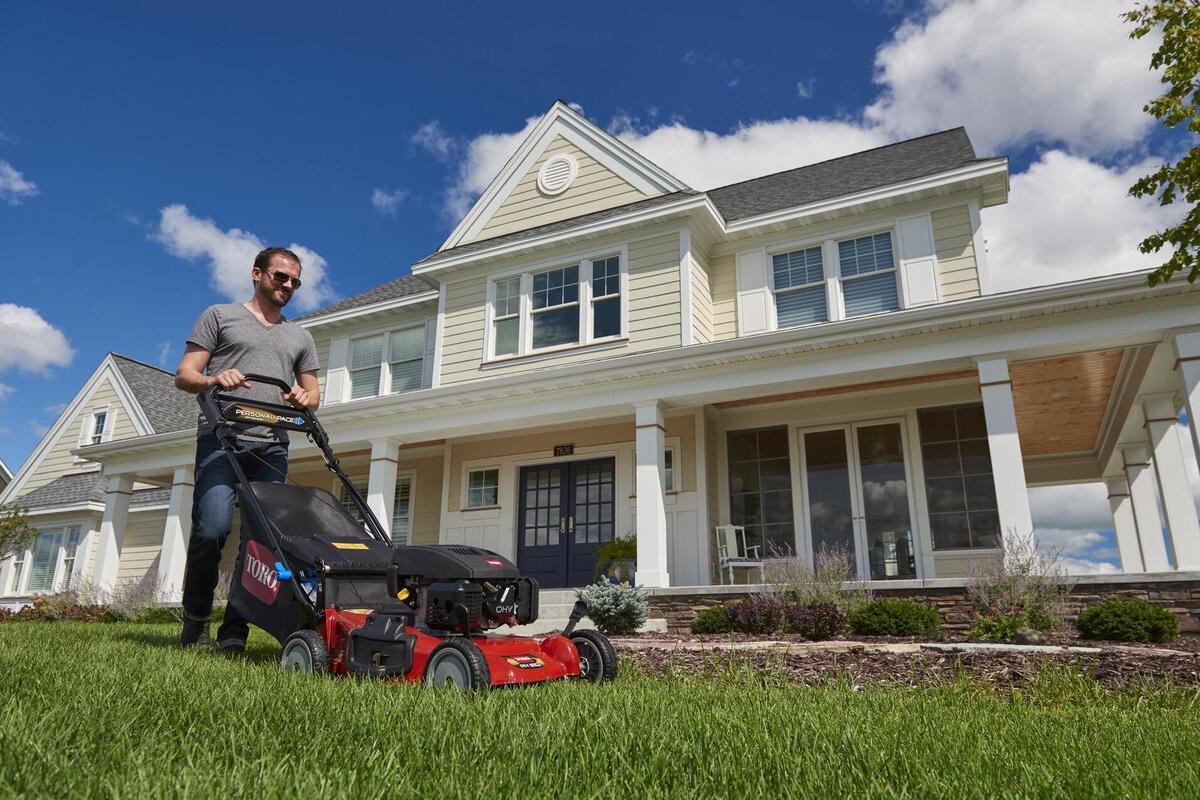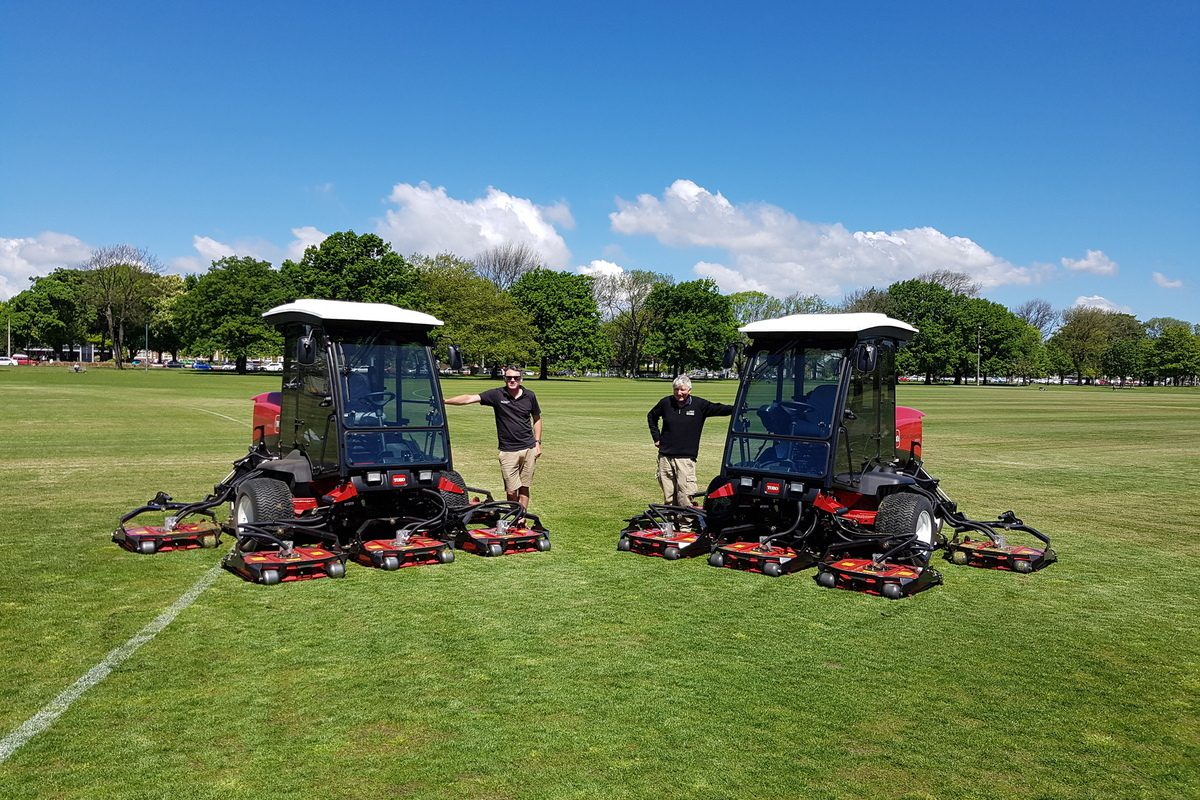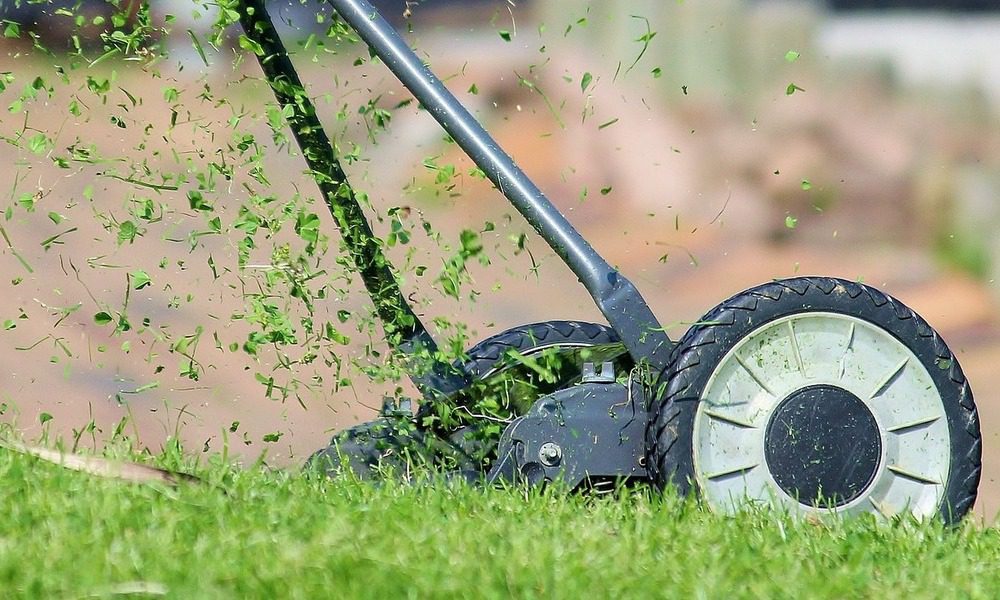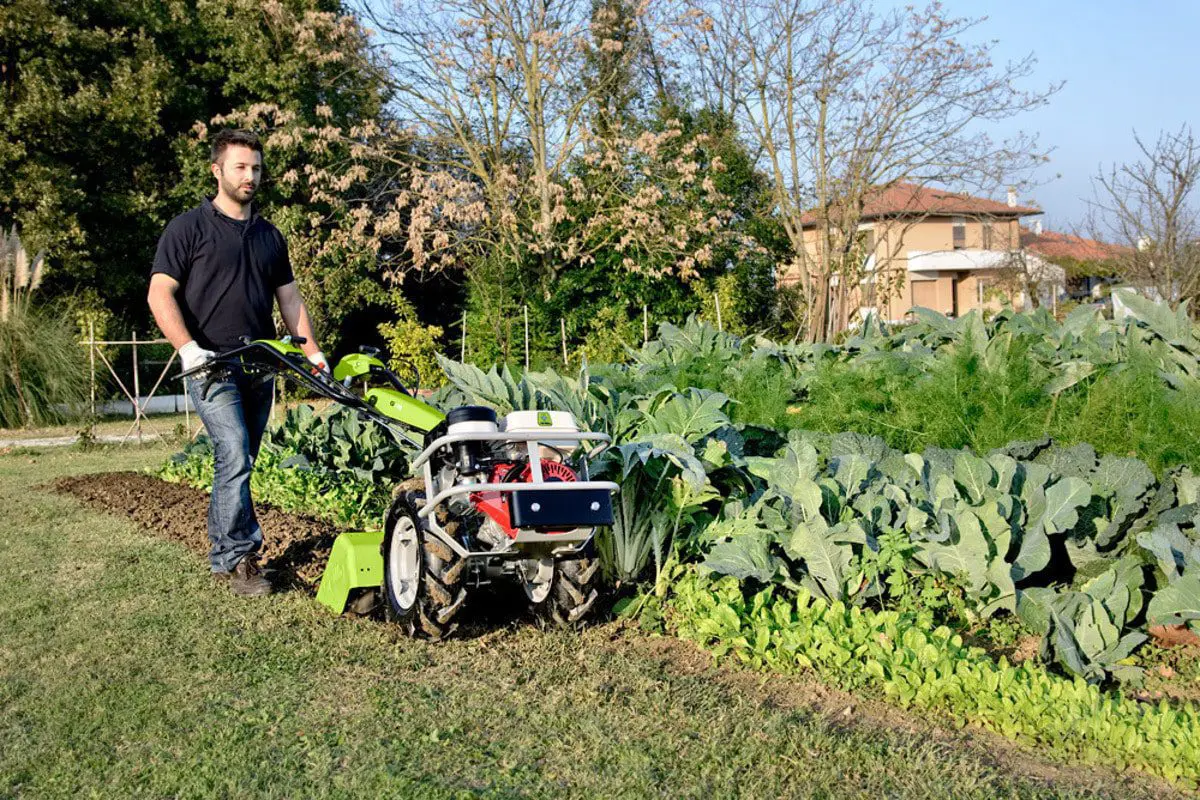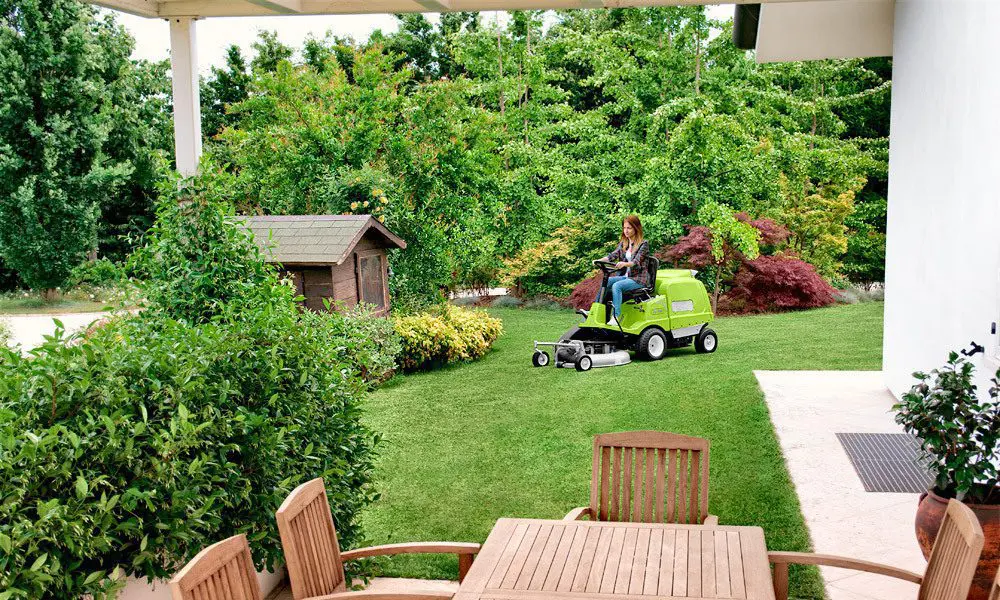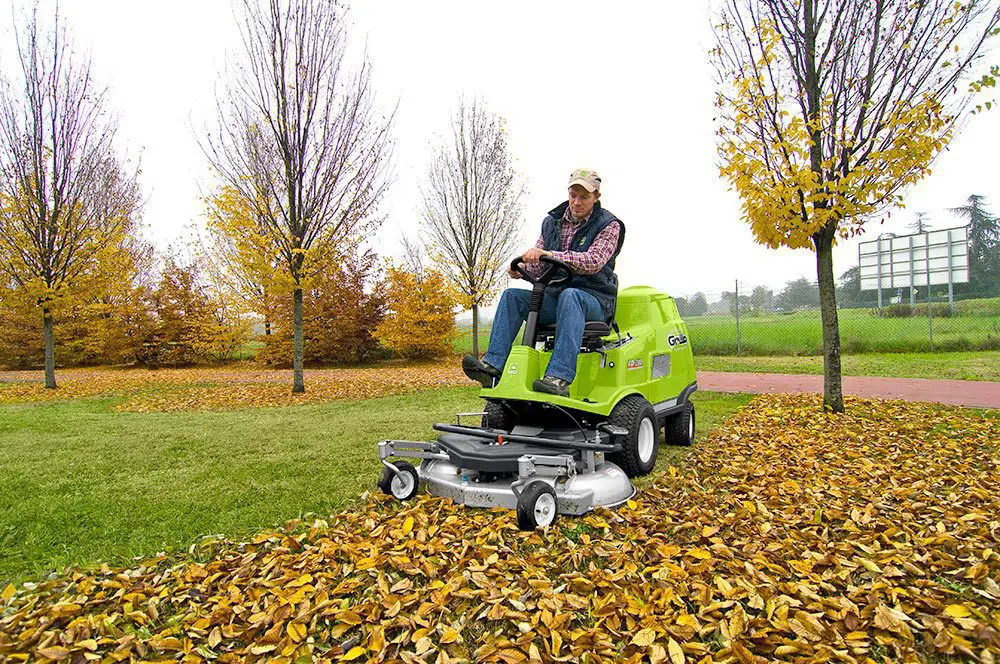Before purchasing, discover what mower YOU need for your home
SPRING INCOMING
Spring is on it’s way in New Zealand and the grass is responding to this sublime combination of warm rain and sunshine by GROWING at an impressive rate of knots. Most kiwis want to get the lawns done as quickly and painlessly as possible, so they can get back to enjoying the weekend.
Things to consider before purchasing your lawn mower: If you’re considering buying a new lawn mower to keep the chores to a minimum this summer, there are a few things to think about to discover what mower you need.
- The engine, and whether an overhead or side-mounted valve is right for you
- Drive options such as whether a self-propel function would be beneficial on your property
- Drive controllers, like levers, arms, and other comfort controls
- Managing your clippings, as these will no doubt mount up. What had you planned to do with them?
- Other factors: blade brake clutch, wash-out fittings, petrol tank and oil fill locations, and warranty

THE ENGINE: IS OVERHEAD OR SIDE-MOUNTED BETTER?
Engines on lawn mowers built for residential properties range from around 140 cc to 190 cc.
In addition to the power provided by the engine, another thing to consider is the valve location on the engine. In a nutshell, side valve engines, as the name suggests, have intake and exhaust valves fitted to the side of the combustion chamber, where as overhead valve (sometimes called OHV) configuration has the intake and exhaust valves fitted in the cylinder head.
The main difference is that overhead valve (OHV) engines are manufactured with fewer components, so they have smoother running, offer better fuel and oil economy and are generally quieter. They are also usually larger and more powerful, especially when you’re cutting long or wet grass. You can learn more about OHV engines here.
Another key engine consideration is the presence of ready start technology. Acknowledging that there is nothing worse than setting time aside over the weekend and prepping to mow your lawns only to have the engine not start, some engines have technology that senses the heat of the engine and delivers the right amount of fuel to the carburettor, so you don’t need to choke or prime the engine first – meaning faster, easier mowing.
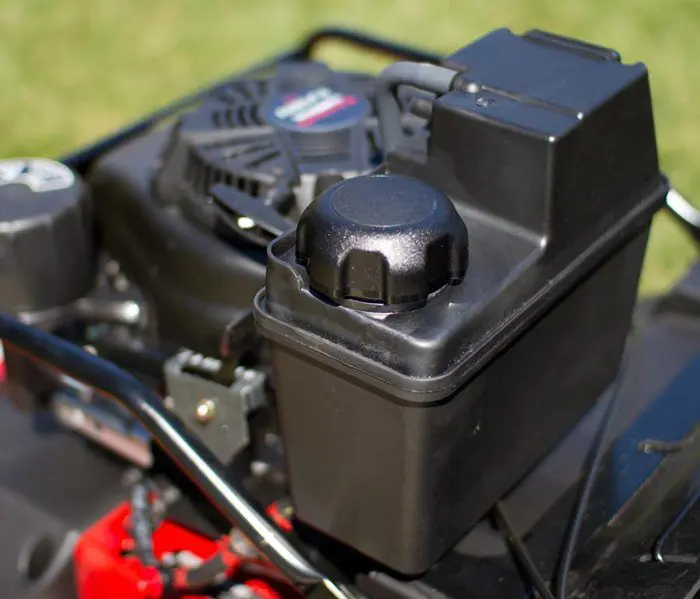
DRIVE OPTIONS: WHAT IS THE DIFFERENCE AND WHICH IS RIGHT FOR ME?
Some lawn mowers are powered by you pushing them, others have a drive system called self-drive or self-propel that turns the front, rear or all four wheels.
Push power mowers are adequate for small, flat lawns. For anything slightly larger, a self-propelled mower will help to get the job done faster and with less sweat. Front-wheel drive mowers offer better handling and maneuverability allowing you to push down on the handles and lift the front wheels to quickly pivot the mower. However, on steeper sections the front wheel drive loses traction when mowing uphill, especially with a bag full of clippings! Rear wheel or all wheel drive is more appropriate for steeper lawns.
DRIVE CONTROLLERS DEPEND ON YOUR PERSONAL PROPERTY AND PREFERENCE
If you choose a mower with a drive system, there are four different types of controllers and each have their own advantages and disadvantages depending on your personal preference. These are:
- A metal rod called a bail that you squeeze against the handle
- A lever that is pushed with your thumb
- A lever that you squeeze against the handle, much like a handbrake on a bike
- A telescoping handle that you push forward to increase speed, or release pressure to decrease speed
The type of lever you choose should be based on two factors: how much maneuverability you require around landscaping, trees and other features on your property; and which of these feels most comfortable for you to operate.
Lever-operated drive systems are better if you need to do a lot of back-and-forth motion to cut around plants and landscape features. This allows you to stop the mower’s drive system and push, pull, or pivot under branches or other obstacles easily, then re-engage it once you’re done. A bail and other driver control mechanisms are helpful if you mainly cut open grassy spaces.
WHAT DO YOU PLAN TO DO WITH YOUR CLIPPINGS?
Three options exist for getting rid of clippings:
- Mulching, where clippings are cut into small particles
- Discharge, where clippings are spread back over the lawn from the cutting deck
- Bagging, where clippings are collected into a bag and emptied in your compost bin or otherwise
Some mowers will offer two of these options (either mulching and bagging, or mulching and discharging) and some will offer all three, giving you greater versatility.
In terms of what is best for your lawn, gardening aficionados continue to debate this extensively, we have provided our take on this in the blog post called Grass Clippings – when to mulch and when to bag?
AND DON’T FORGET TO CONSIDER THESE IMPORTANT ASPECTS TOO…
Aside from these main considerations, there are lots of other features available and accessing these will mainly depend on your budget and how much time and energy you’re really hoping to save.
Blade brake clutch: do you hate turning the mower off to empty the clippings? Or to move toys or garden furniture out the way? Especially if your mower isn’t easy to start, you will appreciate the time and effort saved by this handy feature. It allows you to disengage the mower’s drive system, stop the blade, and walk away from the mower with the engine running.
Wash-out fittings: if you’re this invested in your mower and how it performs, then taking care of it is just an important for its continuity of life – as long as it’s quick and easy. An accessible and easy-to-thread washout port makes washing out the accumulated grass clippings under the deck much easier, and doing this after each mow will provide better performance.
Petrol tank and oil fill locations: conveniently located and easy-to-turn caps and oil-fill spouts should be a given, as investing too much time into getting these basics right will chew into your mowing time.
Warranty: as with any mechanical purchase, you want to make sure what kind of warranty you have access to. Mowers are like cars and need regular servicing and maintenance. Check the details of the warranty and also the process for making claims under warranty before you purchase.
Finally, comparing mower features and pricing online is a great start. But there is no substitute for having a look at an assembled mower in a store, showroom or dealership to check the comfort, overall size footprint and operation to gauge if it’s suitable to you

